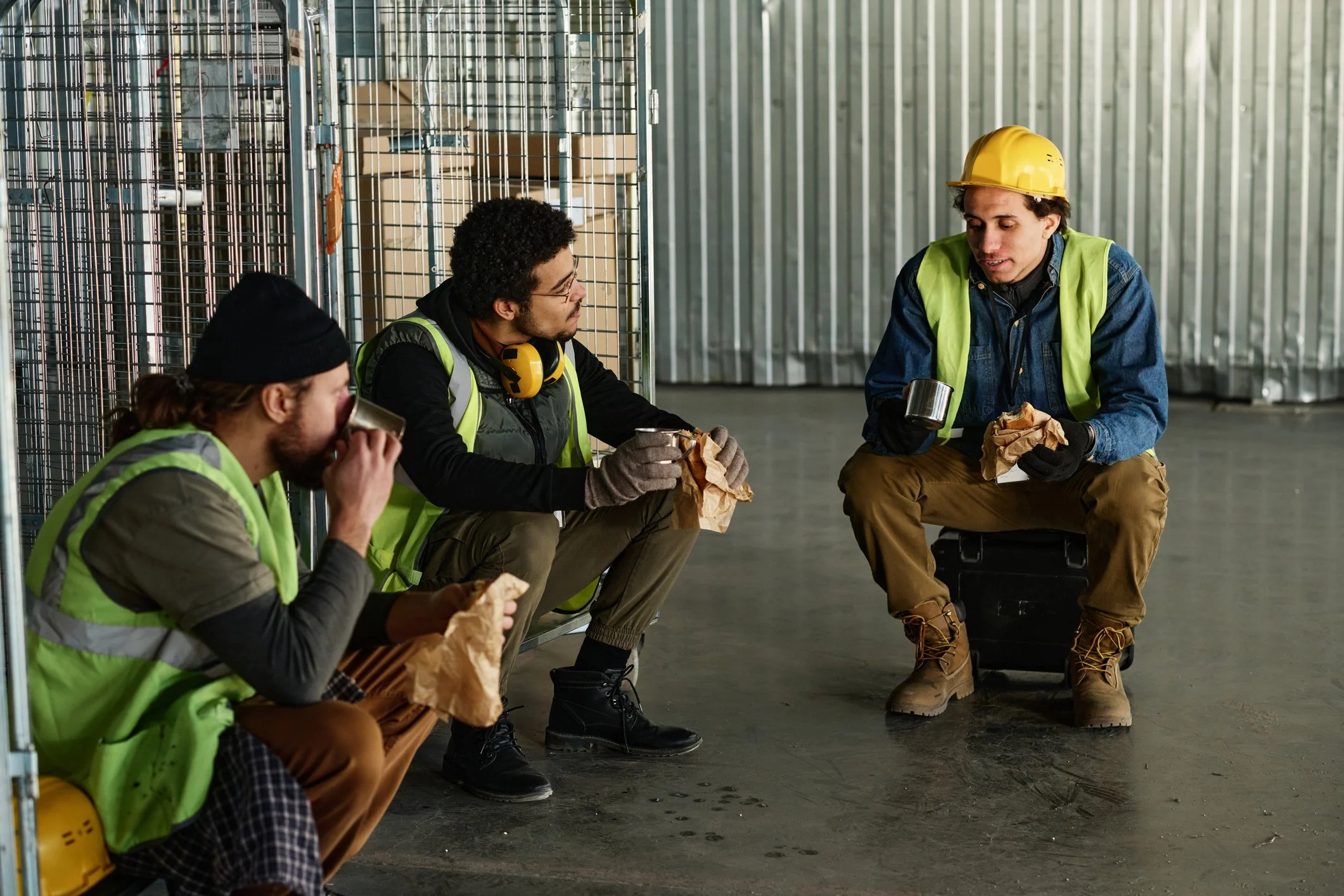Stories Beat Stats Every Time
Safety training is all about changing behavior. But people don’t change behavior because of charts, bullet points, or a faded safety poster in the break room. When it comes to acting safely on the job, facts are important—but stories? Stories are magic.
Why Is Storytelling So Powerful?
It’s how we’re wired to learn.
I’m a big fan of historian and author Yuval Noah Harari. His books show how human storytelling led to our dominance as a species, enabling us to share best practices and work together over long distances.
We humans have walked the Earth for 300,000 years, but we developed written language only 5,000 years ago. For 98% of our existence we only learned around the campfire through stories and out on the trail with demonstrations. No written procedures. No Powerpoint.
Fast forward to today and it’s easy to see how stories still drive our behavior. Whether it’s going to the moon, going to war, creating a new medical breakthrough, or helping a community after a disaster, it all starts with a compelling story.
That’s why lecture training so often fails. Our brains simply are not designed to process, remember, and apply a firehose of facts from a long, droning Powerpoint. We tune out, not because we don’t care, but because we’re not built to learn that way.
Want Your Safety Training to Matter? Open People’s Hearts
People don’t think their way to safer behavior. They feel their way there. They need to see and feel themselves in a situation, to connect emotionally, to imagine the consequences—not in abstract, but as real-life outcomes.
Here’s what storytelling does for safety communication:
1. Makes it Personal.
A statistic is a number. A story is someone’s family member, coworker, or friend. It brings the risks and consequences home.
2. Makes it Stick.
Our brains latch onto narrative far better than isolated facts. That’s why people can remember an incident from their childhood but forget your last safety memo five minutes after reading it. No one is sitting around the break room talking about it.
3. Makes it Engaging.
Stories invite conversation. Asking “What would you have done?” or “Has anything like that ever happened to you?” get people thinking and sharing their own stories. Now, you’re not lecturing; you’re engaging.
The Bottom Line
Just to be clear, facts still matter. We absolutely need data, procedures, and technical accuracy. But when you're trying to influence behavior, you need to speak to your trainees’ hearts, not just their heads.
People don’t remember rules; they remember moments. And stories are how we pass those moments along.
So the next time you're prepping a safety training, try this: instead of leading with that dry, bureaucratic OSHA regulation, lead with a story. Ask someone to share a close call. Use a real-life case from your company or industry. Stories first; facts second.
Give it a shot and let me know how it goes.


